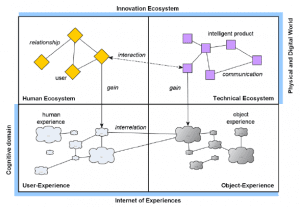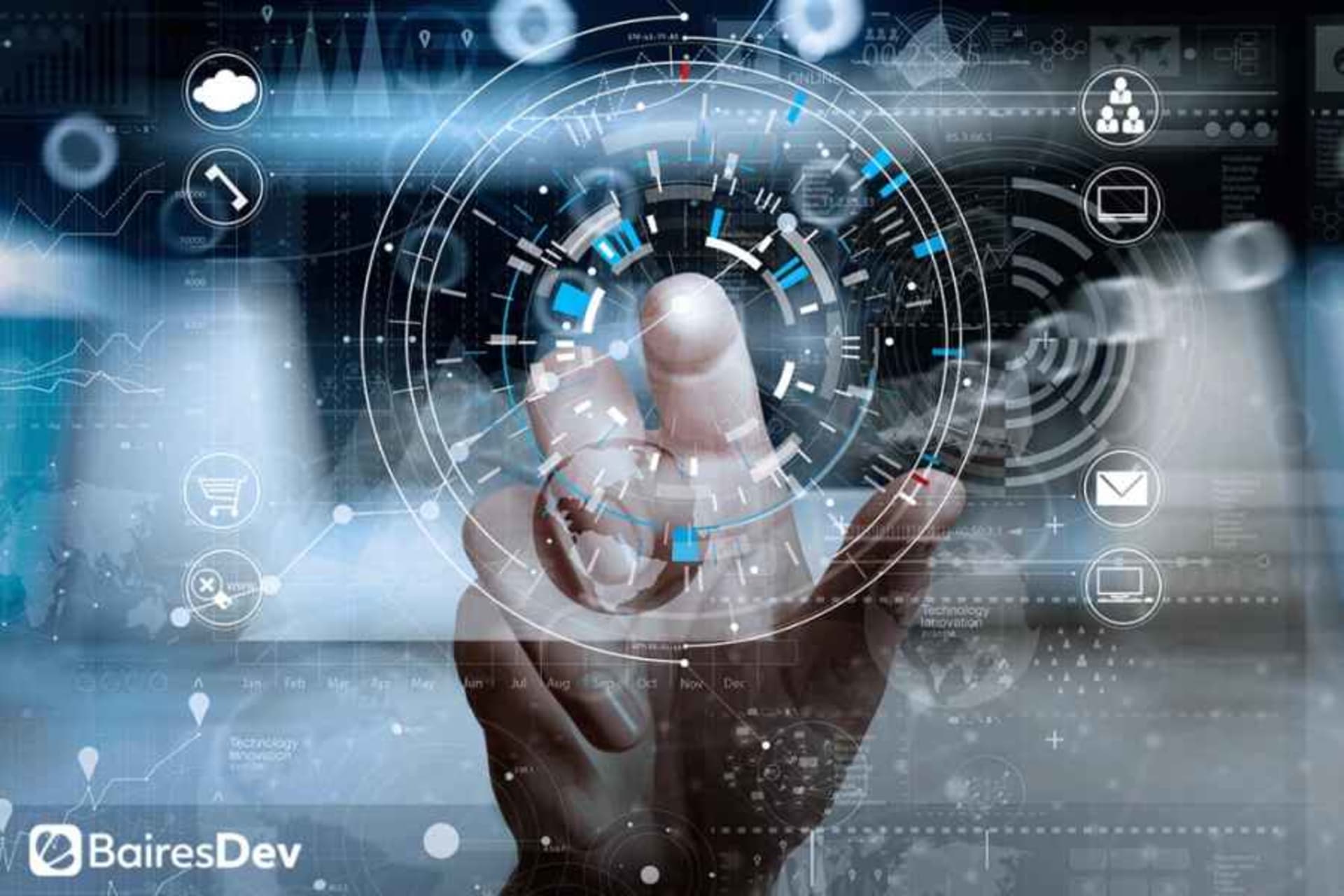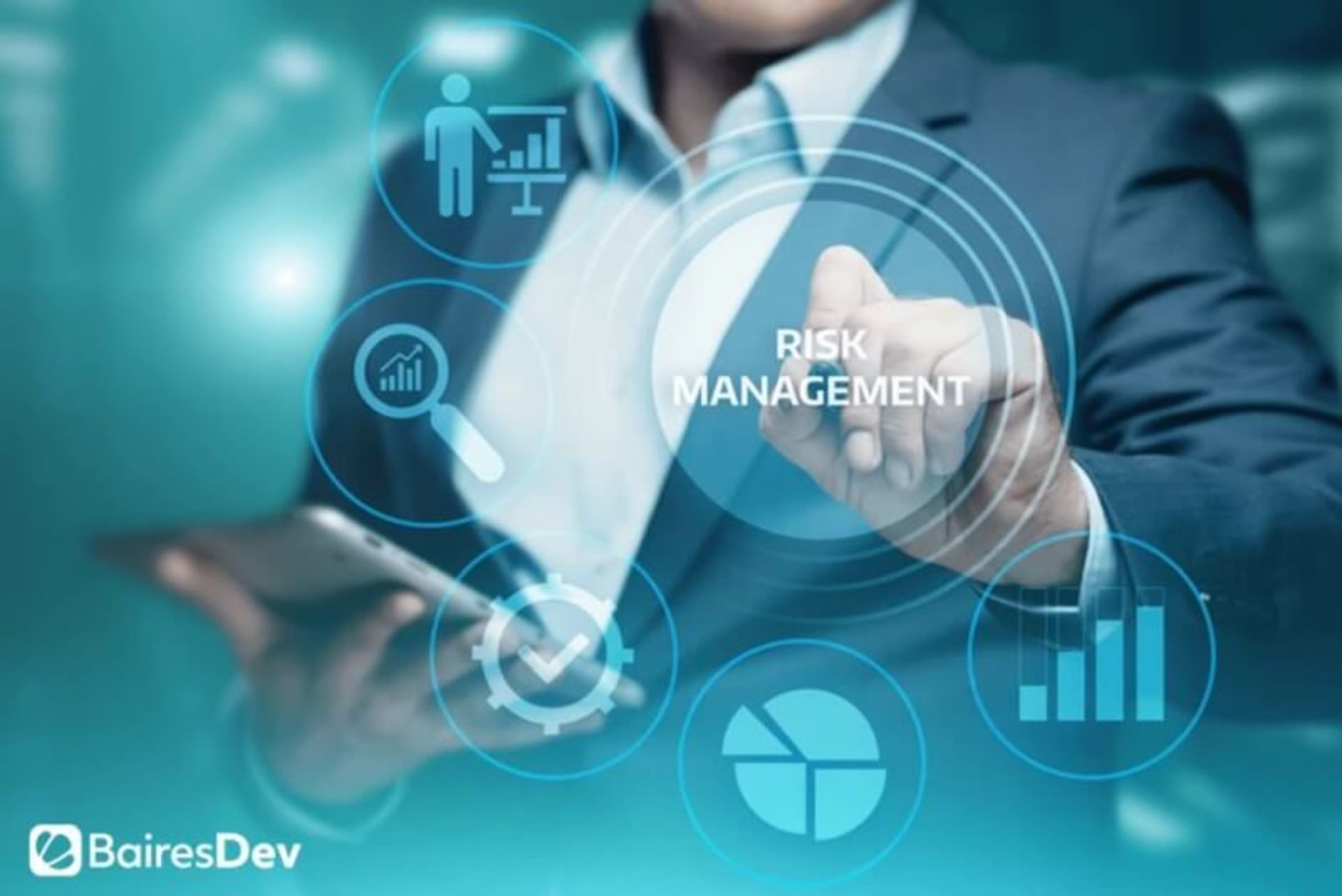If you have been paying attention to tech news lately, you’ve surely read something about the Internet of Things (IoT). Behind that name hides one of the most promising trends around the creation of a network that connects all kinds of devices to provide us with more comfort and smarter surroundings. The IoT will see your fridge, thermostat, and lighting system connecting to a network but it will also transcend the boundaries of your home to get to each corner of the city you live in.
The idea that fosters the growth of the IoT is that interconnecting the devices around us will improve our quality of life. Making our homes, offices, factories, and cities smarter will provide us with new ways to understand the world we live in and to interact with it in ways we never thought possible. In short, the IoT promises that the world around us will be more intelligent and aware.
However, most of the people discussing the Internet of Things are focused on, well, the “things.” Yet, only thinking about the devices and their connections leaves out of the equation the other key factor that this network holds in store for us. I’m talking about the human aspect, defined here as to how people use those smart capabilities to reshape their own environments. User interaction with the IoT could thus bring that network to a whole new level: the Internet of Experiences.
What’s the Internet of Experiences?
Basically, the Internet of Experiences (IoX) uses the IoT as a base to develop itself. Thus, the IoX focuses on the potential connections between the devices of the IoT to create new experiences. Rather than being a technological advancement, the IoX implies a different approach to smarter homes and cities. In it, people will look at possible relationships between the available devices to come up with innovative services that improve even more the quality of life.

Depiction of the Internet of Experiences – Source: Research Gate
This paradigm shift opens up a lot of possibilities when you think about it. Since the IoT is about powering up everything from lampposts and bridges to trees with sensors capable of gathering information, it’s only a matter of figuring out new connections between them and other components of the network. For instance, a bridge might be suffering a traffic jam, which can be picked up by the sensors that can communicate with the ones in driverless cars to reroute them to other roads.
That’s just a small example of what the Internet of Experiences could mean. In fact, the opportunities for new experiences are almost endless. That’s because there are multiple instances to create them. First of all, the maker of new devices for the IoT can anticipate some new uses that take advantage of their capabilities. Then, there are the people themselves, that can point to new potential experiences both by directly and indirectly providing their feedback.
Though I’ve focused on the Internet of Experiences on a wider, city-scale level, it can also mean the creation of new experiences for each individual user. Thus, a wearable device designed to track the wearer’s health condition can connect itself to other systems and apps to feed them with insights. In the same way, it can automatically inform the thermostat to adjust the temperature, “chat” with the weight control app to reduce certain foods, and even design schedules to increase the chances of a pregnancy based on the metrics it gathers.
A non-stopping evolution of personal experiences
Thinking of the possibilities the IoX can bring today is exciting, given how many potential connections and innovative services there are. Things get better, though, once you realize that, with the Internet of Experiences, personalized experiences can be adjusted over time. In other words, they can evolve according to the feedback gathered by the devices’ sensors in the field.
How’s that? Thanks to human interaction with all of those devices, the body can be seen as an input. Even if the people don’t want to actively send their feedback, the way in which they use the IoX is some sort of feedback on its own. Thus, the network is always collecting valuable data on how individuals are responding to the proposed experiences.
All that information can be then analyzed through data science algorithms to detect more opportunities for new experiences. What’s more – some of them might not even need the creation of a new product, as companies and developers might just provide a software update through an Internet connection, changing the device’s capabilities or adding new features.
Though that may seem implausible, it’s already happening. Tesla used this technique to update the cars that were already on the road so they would have a new “crawl” feature. With it, the drivers now have the possibility to use slow cruise control when they encounter heavy traffic. Regardless of the feature itself, it’s the mechanism that feels amazing. No Tesla owner had to drive their car to the shop to get it updated – the company did it through an over-the-air patch. Tesla did the same to include emergency braking, commute advice, and a remote-start feature.
This comes to show that the field is already ripe to think about ever-evolving experiences that change “backstage.” It only takes for the company or developer to detect a need and to design a way to satisfy it to deploy it in a moment’s notice for increased comfort for the user.
The challenges ahead
Of course, all of the above sounds pretty nice and simple. Yet, for all that to happen, it will take some serious efforts to overcome two major challenges. The first one is technical. Connecting such a wide array of products, services, technologies, devices, and data into a seamless experience will be a very complex endeavor. The task becomes harder once you remember that the devices that are being created (and that will be designed in the future) all come from different companies and developers.
Basically, this means that there will be a lot of sophisticated systems that will need to “talk” to one another in order to offer more encompassing and complex experiences. If standards aren’t developed, then the integration will require a lot of work on behalf of everyone involved, including private companies and government institutions.
This introduces the second major challenge. There will have to be a major shift in how manufacturers approach the development of new products, services, technologies, and, ultimately, experiences. First and foremost, this change will require them to put the user at the center at all times. Though we’re already living the Age of the Experience, there are a lot of actors out there that still struggle to place the user in the spotlight.
The paradigm shift will also require for development teams to work in a more collaborative manner with interdisciplinary groups. Since the IoT and the IoX need the connection of vastly different systems, creators will need the assistance of experts from all kinds of disciplines, from engineering and software development to artificial intelligence professionals and marketers. All of them, in turn, will have to develop a method to work efficiently between them, balancing their own needs and suggestions.
As you can surely see, the Internet of Experiences is a beautiful promise that has tremendous potential. It’s true that those hurdles will present major obstacles for its creation and growth but some current tests should give you hope. If developed within the right framework, an IoX is possible and, with it, a better life for everyone.
If you enjoyed this, be sure to check out our other IoT articles.







